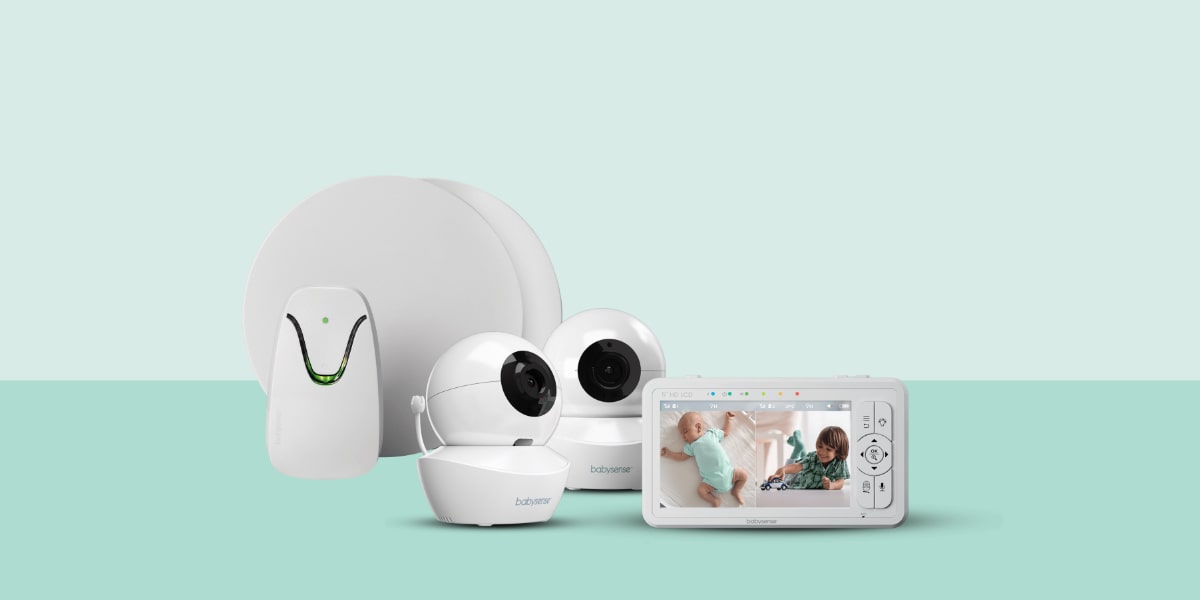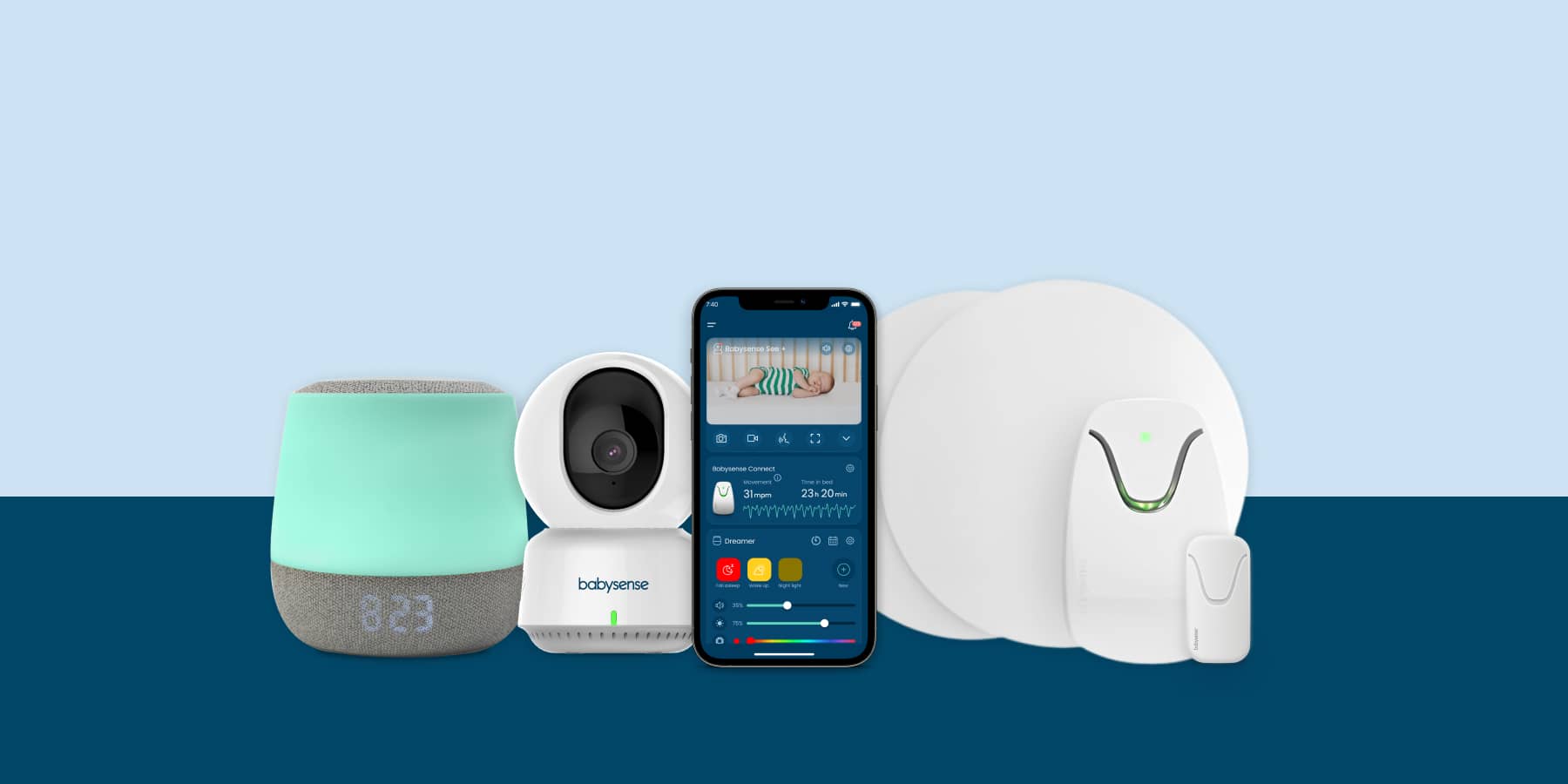Wouldn’t it be great if your baby came with a manual! One of the hardest tasks of the early days is to understand your new baby’s language. While each baby is unique most babies shared a common unspoken language in the early days.
Reflective function or the ability to read and understand your baby and respond appropriately is the most important skill of early mothering. By reading your baby well you will know what he is feeling and thus how to respond. Your baby will feel secure in the knowledge that he is understood and bonding is enhanced.
If your baby is feeling happy and ready for interaction, he will make eye contact, coo and smile (if he is old enough). When your baby shows these signals, you know that stimulation and interaction will be well received. In this state, the calm alert state, your baby will be making connections in his brain and learning will occur optimally. Your baby is happy and calm.
On the other end of the continuum is the crying state. This signal is obvious and no explanation of what crying sounds like is needed. Your response to the cry will determine how long your baby will cry for. When your baby cries, first respond by asking why:
- Is he hungry? – feed if three to four hours have passed. Younger babies or those not gaining weight may need more frequent feeds.
- Is he comfortable? – look at the temperature of the room and whether your baby is appropriately dressed.
- Is he ill? - if your baby has been the a cheerful fellow and the crying is excessive or out of character, take him to your doctor to rule out illness
- Is he tired? – babies need to sleep very frequently. Be sure to watch his awake times and put your baby to sleep frequently before he becomes overtired. Reference Baby Sense for how long your baby can be awake between sleeps for his age.
- Is he over stimulated? – this is the most common cause of crying and requires you to remove him from the stimulating environment and give him down time with calming activities.
- Sucking hands
- Looking away and loosing interest in toys
- Holding hands together in the midline
- Grizzling or moaning
- Arching his back
- Pushing you or a toy away








